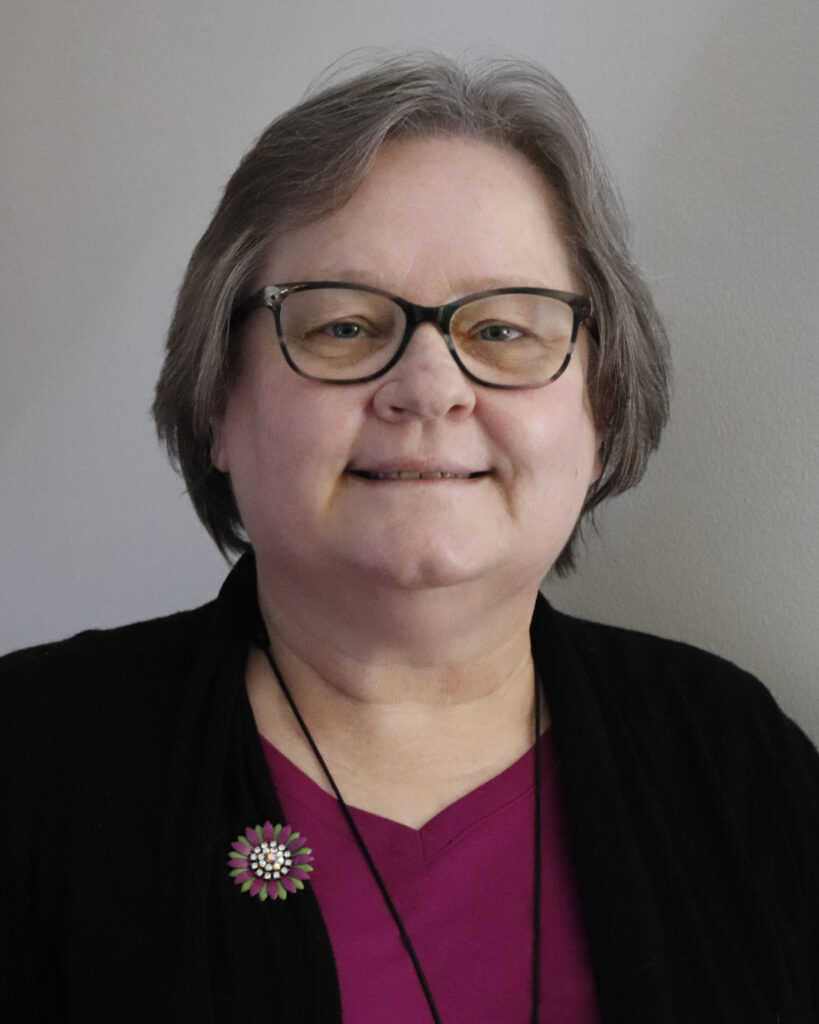
By Megan Yoshioka
Kaleb Eisele is the founder of the storytelling platform Humans of Adventism. Although he grew up Adventist and is a member of the Adventist church today, at one point in his life, he left the church. As a young person and a member of the Millennial generation, he felt unheard and like his opinion did not matter within the church.
“When I left the church, I didn’t feel like my voice mattered,” Eisele said. “I felt like my job was to be quiet and to do what I was told — kind of to just accept the offering plate job. Or, accept the choir singing job, which I didn’t want to do.
“Honestly, as someone who is working full-time, in college, married … I really felt like, ‘I’m sorry, I don’t want to be a junior deacon. I’m sorry I don’t want to join the choir. I have plenty of things to offer the church, but not those things.’”
According to Eisele, his stepfather, Tim Baumgarten, played a significant role in his decision to return to the church. Baumgarten is a member of the Baby Boomer generation and, as a corporate trainer, works often with the topic of intergenerational communication. He applies his skills at work, in church and even within his family.
“One of the great things Tim has always done in our relationship is just ask my opinion,” Eisele said. “And I think that was something really important to me as a young person in Adventism.”
In an interview with our journalism class, Eisele said his decision to come back to the church all started in a living room. On Saturday afternoons, Eisele said he and his family of three different generations would sit down and talk about difficult topics, including religion. In those discussions, Eisele said he felt that his family genuinely desired to get to know him and understand his perspective, even if they disagreed.
“It was really early into those discussions that I felt something different, something that I had been lacking in my other church experiences,” Eisele said.
Through those conversations, Baumgarten said he started recognizing generational differences between himself and Eisele. He also noticed the generational gap within their church and saw a need for better understanding.
“The more I dove into this, the more I started understanding how much none of us knew about each other — and it went in two directions,” Baumgarten said. “We kind of took the living room talks and introduced them to the church. And it really began this journey. It really began to open up our folks.”
Eisele started feeling more heard within his church. He recalled one day when he was invited to speak at the church board meeting about a social media strategy and creating a church Facebook page. Regardless of the board’s decision to accept or reject his idea, Eisele said he just appreciated the fact that they created a space for him to speak and share.
The board actually ended up asking Eisele to present his idea to the rest of the church body. Eisele said he went before the church, introduced the idea and explained the importance of the internet in today’s society. After his speech, two older men approached him.
“Afterward, I had two older men, probably in their 70s or 80s, come forward and say, ‘If you’ll do this for us, we’ll pay for it,’” Eisele said. “‘Whatever equipment the church needs, we’ll buy it. We don’t even have to micromanage it, we believe in you.’ And that really changed things for me.”
Intergenerational communication led Eisele back into the church and opened opportunities for him. It set the foundation for trust between him and older church members. And, according to Eisele, “It all started in a living room.”
“As somebody who was raised Seventh day-Adventist… [and] decided to leave the church for several years, intergenerational communication is something that was very important in bringing me back into the church experience, back into connection with my Adventist family,” Eisele said.






